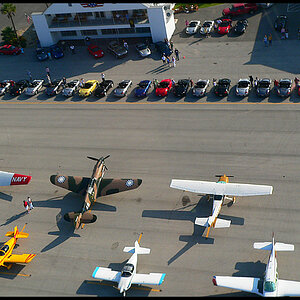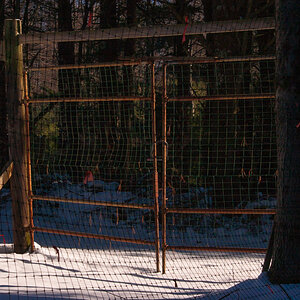spiffyandstuff
TPF Noob!
- Joined
- Oct 16, 2005
- Messages
- 2
- Reaction score
- 0
so when you blow film pictures up to big it doesn't really look that bad, the dots are just further apart... but digital looks awful when you blow it up, anyone know of any tricks around this? i've been messing with huge resolutions, 500+ dpi, then applying a 'halftone' filter, but i haven't been able to print anything out yet
also, if i change the standard 72 dpi reolution to 300 dpi without changing the print size, will i get a better print?
also, if i change the standard 72 dpi reolution to 300 dpi without changing the print size, will i get a better print?


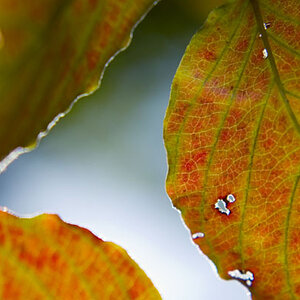
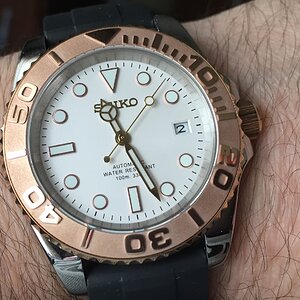
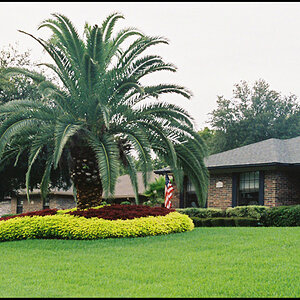
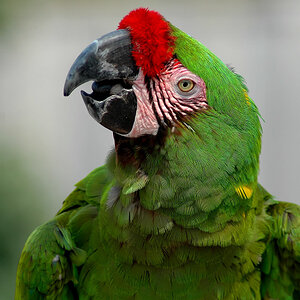
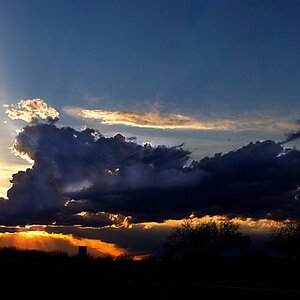
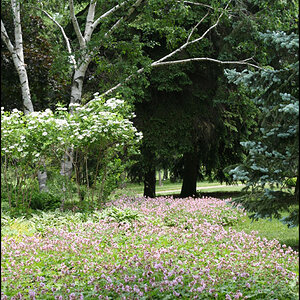
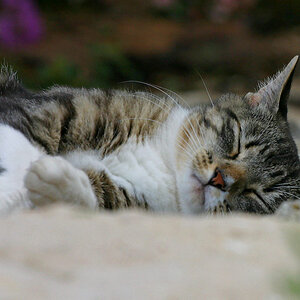
![[No title]](/data/xfmg/thumbnail/37/37602-1ef8dbb1c2d0e4ff347ee65d328c3603.jpg?1619738147)
